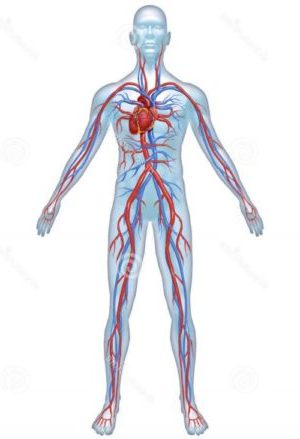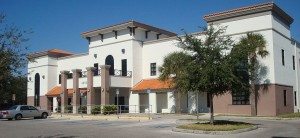Many of the patients we see want to have a better understanding of the difference between an artery and a vein. It’s understandable that there is some confusion between the two as there are so many tests, treatments and medications directed at our circulation system.
Our body’s circulation system consists of three parts. The first portion of the circulation involves arteries. These are the stronger, thicker walled blood vessels that lead out of the heart which are responsible for distributing bright red blood, full of oxygen, to our vital organs, skin, bones and muscles. These arteries distribute out like branches of a tree, becoming smaller and thinner until they become so small, they only can be seen with a microscope. It is the arteries so many treatments and medications are directed towards. All of the cholesterol lowering drugs, blood pressure drugs, and blood thinners have been developed with the arterial system in mind. Furthermore, a blockage of an artery usually results in a severe problem such as stroke, heart attack, kidney failure, or gangrene of the intestine or a limb. As expected, there are numerous tests and treatments to prevent this from happening. We need to save each and every one of our arteries since our bodies rarely tolerate removal or blockage of one of them.
The second part of the circulation is called the capillaries. These capillaries are a network of extremely small and numerous blood vessels that divide and multiply at the end of the arteries and exist to transfer the oxygen and other blood components into the organs and tissues. Once this critical distribution function is accomplished, the capillary network rejoins into fewer and larger blood vessels, which we call veins.
Veins collect the blood from capillaries and efficiently transports this blood through a system of ever enlarging thin walled blood vessels back to the heart. We have a system of veins that is very redundant, meaning we have far more of these blood vessels than we need and there are many areas of duplication. Still, larger veins are critical for making sure blood is returned from our organs and limbs back to the heart in a timely fashion. If the veins do not work properly, then the blood tends to “loiter” or pool in the more gravity dependent areas of the body and symptoms of swelling, aching and occasionally changes in color of the skin occur. Veins also can become diseased or injured. However, the most common issues we treat that involve veins are blood clots that form within the larger more important veins of the body as well as a mechanical failure of the veins to transport blood back to the heart. This malfunction is usually due to failure of the many one way valves within the veins that keep blood flowing in a single direction back to the heart. Our muscles squeeze around our veins and push the blood back to our hearts, against gravity, relying on the valves to keep blood from flowing backwards. Arteries have no valves since the powerful heart can pump blood out to the capillaries, even against the force of gravity.
Thankfully, the three parts of our circulation all work together. For more information about arteries, veins, and the whole circulatory system including sclerotherapy treatments or vein screenings contact us today!




